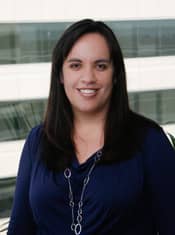
This month is no different, as we look at a practice model that is only increasing in frequency. In the last 4 years, Barry J. Glaser, DMD, has flipped his practice on its head. He has gone from treating 25% of his patients with Invisalign to 75%, and has seen his practice grow as a result. There is no doubt that Invisalign is huge in the orthodontic industry. And while the inclination is to assume this product alone changed the game for Glaser, it didn’t. Invisalign was a tool Glaser added to his toolbox. Change and practice growth came because Glaser re-evaluated how he was running his practice—everything from staffing to appointment scheduling—once this tool was incorporated.
It’s in our nature to look for that new product or technology that is going to make our lives easier and our businesses more successful. But too often, we expect it to do all the work for us. We fail to recognize that it is a tool. We still have to use it correctly, and, more importantly, think about how we are using it, to maximize its impact.
For example, let’s look at making the choice to invest in a technology like a digital scanner—it’s a significant capital investment to make for your practice. Yes, it will cut down on the time you spend taking impressions. But unless you look at what that means for how you schedule appointments, and in turn what that means for your staffing levels, or how you and your staff refocus that extra time, the return on your investment won’t be what it could be.
Your first priority is to do the best orthodontics you can. And you will choose the best products and technology to do so. Your second priority is to run a successful business. And to do that, you need to make sure you are taking full advantage of what those products and technologies bring to the table. OP








